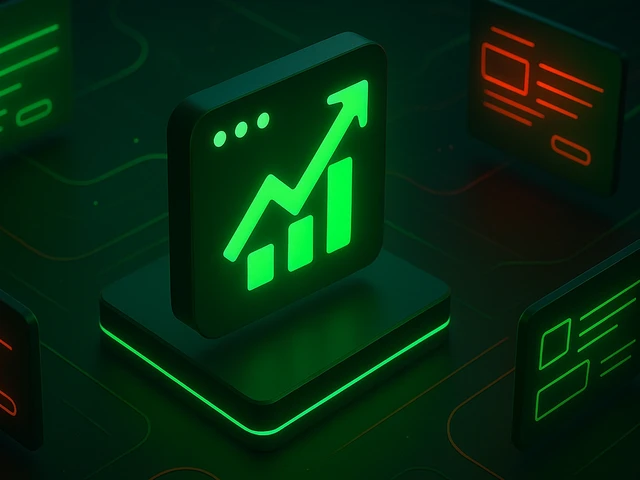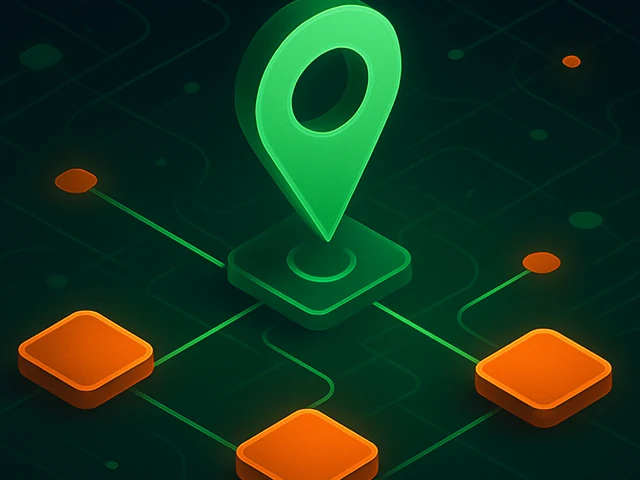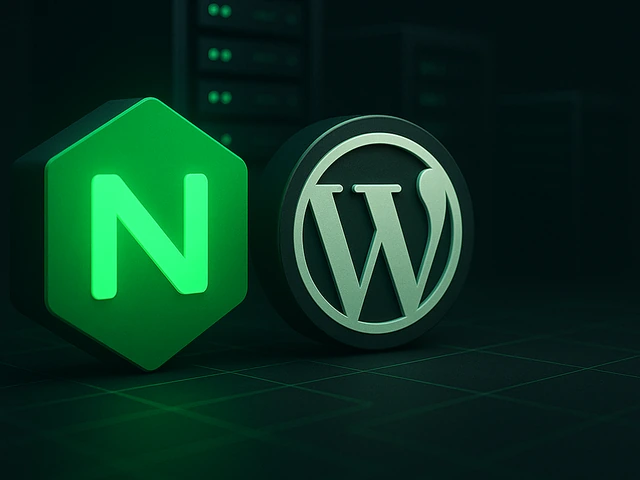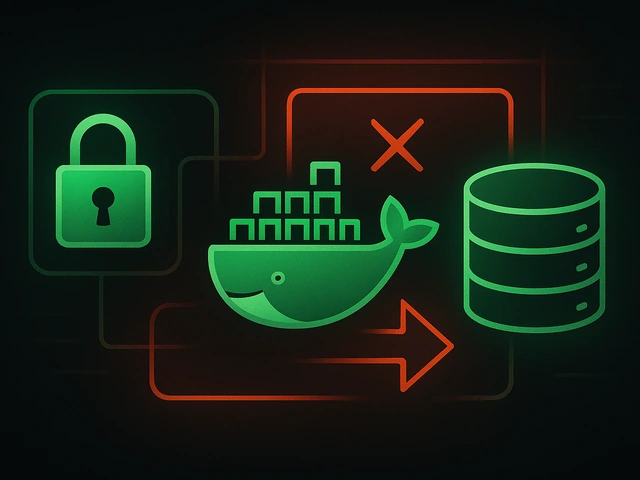
In the previous article, we considered several of the most popular operating systems that are usually chosen for installation on VPS servers. And today we want ...
3v-Hosting Blog
7 min read
We all know that the current time can be safely called the Information Age, the Age of Digitalization and perhaps simply the Age of the Internet. But not everyone knows what the entire information infrastructure of the Internet is based on, what underlies it and thanks to which all sites on the Internet work, from the well-known video service to the site where you are now reading this article :)
Data centers play a critical role in powering and supporting the vast online ecosystem we rely on daily, they are the backbone of today's technology. In this article, we will briefly get acquainted with the basic concepts of data processing centers, study their types, components and mechanisms of operation. Go!
So what is a Data Center or another Data Processing Center (DPC)?
Data centers are specialized facilities designed to house a large number of computer servers, storage systems, network equipment, and other critical components needed to process, store, and distribute digital data. They serve as central repositories for processing and managing the ever-increasing volumes of information generated by individuals, businesses, and organizations.
There are three main types of data centers:
Enterprise Data Centers
Enterprise data centers are built and maintained by individual organizations to meet their specific computing needs. These data centers are usually located on site and serve exclusively the internal needs of the organization.
Data centers
Colocation data centers, also known as "colo" data centers, are third-party facilities that provide businesses with the space, power, cooling, and security to host their servers and network equipment. Companies rent space in these data centers and manage their own equipment using a shared infrastructure.
Cloud data centers
Cloud data centers are massive, distributed facilities that host numerous servers and storage systems to support cloud computing services. These centers provide on-demand access to computing resources, allowing users to scale their operations and access data and applications remotely.
The basic components of the data center, without which the full operation of data centers is not possible, are:
Servers
Servers are the workhorses of the data center, responsible for processing requests, running applications, and storing data. They come in many forms, including rackmount servers, blade servers, and modular servers, each optimized for different purposes.
Storage systems
Storage systems such as hard disk drives (HDDs) and solid state drives (SSDs) provide the ability to store vast amounts of digital data. These systems are organized into redundant arrays for data availability and fault tolerance.
Network infrastructure
Data centers rely on a reliable network infrastructure to facilitate communication between servers, storage systems, and external networks. Switches, routers and firewalls form the backbone of this infrastructure, ensuring uninterrupted data transmission and network security.
Power and cooling systems
Data centers require significant amounts of electricity to operate efficiently. Uninterruptible power supplies (UPS) and backup generators provide backup power in the event of a power outage. Sophisticated cooling systems, including precision air conditioning and liquid cooling, maintain the optimum temperature to prevent equipment from overheating.
The presence and coordinated work of all these components together is very important, since the failure of any of them threatens to lose a large amount of data stored in the data center. Therefore, all data center equipment that provides temperature, humidity, protection against fires and short circuits is practically piece goods.
The same is true with server hardware. No, of course, it is serial, but each vendor provides the market with not only the usual "hardware" for home computers, but also the highest quality, stable equipment with a longer resource, designed specifically for server systems, for continuous long-term operation.
It would seem, why would I place my server in a data center and pay for it, if it's easier to host my server at home and host my website on it? Many people do just that.
But when it comes to the reliability and uninterrupted operation of the site, then at home and even in small data centers it is impossible to achieve such a level of infrastructure stability as in a real data center.
We will give only some of the operations that the data center is concerned with around the clock, which allow us to achieve unthinkable equipment uptime in years.
Connection
The data centers are connected to the Internet through high-speed, multiple-reserved connections provided by Internet Service Providers (ISPs). These connections provide secure access to the data stored at the center and facilitate the transfer of data between the center and external users. And even in case of an unforeseen situation on one of the lines, all requests go to the second communication line. Also, so-called traffic exchange points are often located right in the data center. This is a node that includes a wide variety of local and world-class providers, a kind of hub that, if necessary, will allow you to get the right packages, even if several channels are damaged. That's why the Internet is often called the "web" :)
Redundancy and fault tolerance
Data centers implement redundancy at various levels, not just the network, to ensure continuous operation and minimize the risk of data loss. Redundant power, cooling, and data backup systems protect against hardware failures, natural disasters, and other potential disruptions.
Security measures
It is very important to protect the confidentiality of the data stored in the data center. Data centers use strict security protocols to protect sensitive data and prevent unauthorized access. Physical security measures such as access control, surveillance systems, and biometric authentication work in tandem with cybersecurity measures such as firewalls, encryption, and intrusion detection systems.
Monitoring and control
And of course, all this vast infrastructure needs to be monitored somehow. Data centers rely on advanced monitoring systems to track the performance and health of hardware components. Automatic alerts, data analysis and real-time reporting allow you to efficiently allocate resources, plan loading, prevent, and in case of occurrence - fix problems.
In the end, we hopefully realized that data centers are the backbone of the digital age, acting as the infrastructure for the online services and applications we depend on. By understanding the types of data centers, their key components, and how they work, you can appreciate the complex and dynamic nature of these facilities. Whether it's an enterprise data center, co-location or cloud infrastructure, data centers play a key role in enabling digital transformation and the smooth operation of our interconnected world.
Remember that if you are planning to host your own servers or use cloud computing services, it is important to partner with a reputable hosting provider that offers secure and reliable data centers.
This is also our company - 3v-Hosting.
We cooperate with the best data center in the Netherlands, TIER3 level, offering a wide list of certificates, as well as with the most secure data center in Ukraine "Bunker", which is located in a former nuclear bean shelter, converted into a data center with the latest technology.

Learn how IP addresses work: IPv4 vs IPv6, public and private IPs, DNS resolution, routing, security basics, and how IPs are used in real server and cloud infra...

Accelerating WordPress at the Nginx level: correct PHP-FPM settings, try_files, static files, caching, Brotli, wp-login protection, and secure headers for stabl...

Effective backup strategies for Docker applications: how to protect volumes, data, and configurations while avoiding common mistakes, and quickly restore servic...